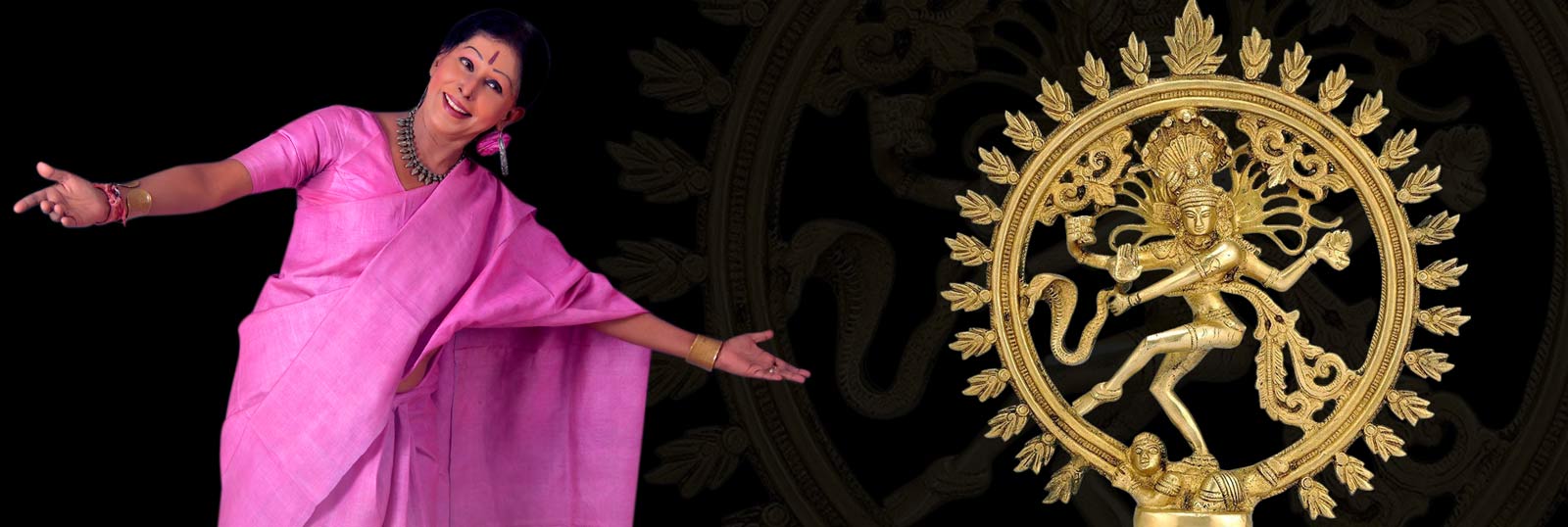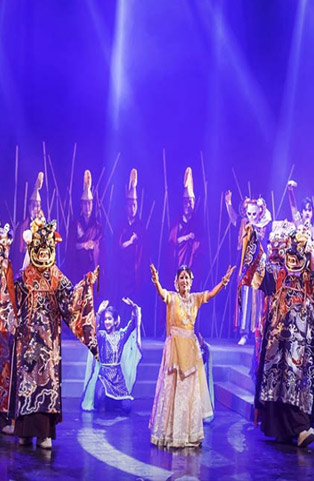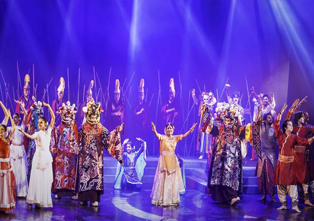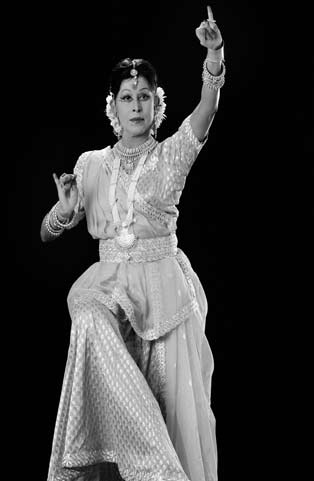Rashmirathi: (Hindi poem of Ramdhari Singh Dinkar)
Rashtra Kavi Dinkar ji’s celebrated work ‘Rashmirathi’ centring on the poignant and sad life of Karna, the first born child of Kunti whom she had abandoned as he was born before her marriage, presents the poignancy of Karna and Kunti with all hues of human emotions trapped in moral dilemmas.
The production was premiered at Semariya, the birthplace of the poet in 2018 before a crowd of over 20,000 persons. The production later saw several performances in various towns and cities. (Premiere: 6th December 2018 at Semariya)
Presentation: Dance Ballet/ Group work
Duration: 40 minutes





 Shovana Narayan
Shovana Narayan  Mob: +919711543781, +919811173734
Mob: +919711543781, +919811173734 Email :
Email :